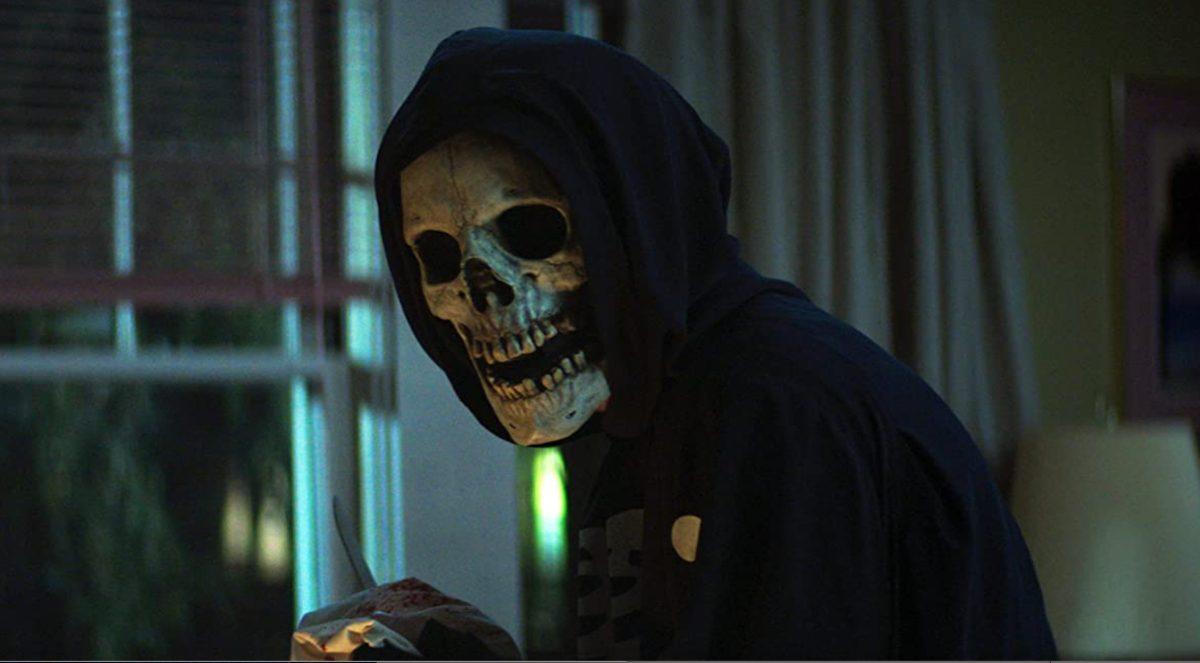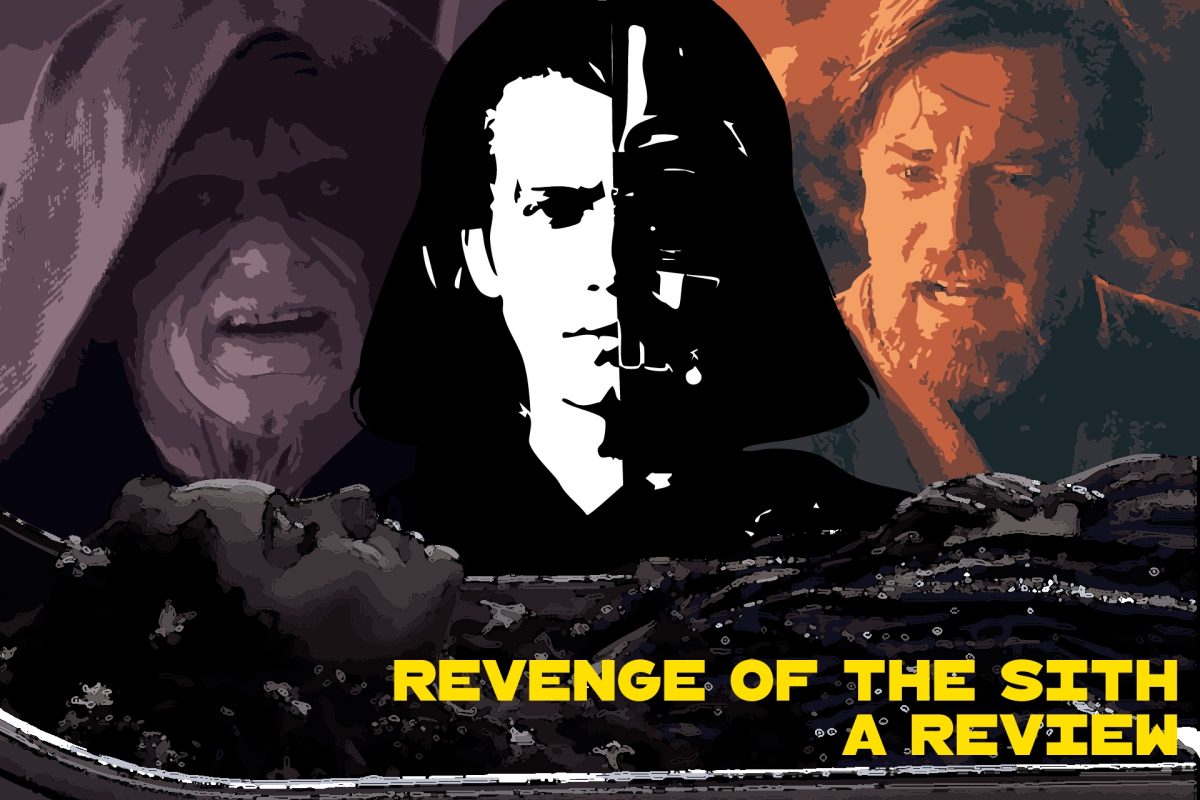If you’re a sucker for slasher movies, it’s time to get your binge on. The “Fear Street” trilogy uses unique storytelling techniques and budding young actors to create a captivating horror trilogy.
The “Fear Street” trilogy is a thrilling three-part horror series set in the years 1994, 1978 and 1666 respectively. Directed by Leigh Janiak, these movies were each released a week apart on Netflix and premiered in July.
Screenwriters Phil Graziadei and Kyle Killen, along with Janiak, seamlessly interwove characters, events and settings based on R.L. Stine’s “Fear Street” book franchise into the films. The first book in Stine’s “Fear Street Cheerleaders” saga, “First Evil,” includes a cheerleader getting into a vehicle accident, disturbing the grave of a “witch” named Sarah Fier; Janiak took inspiration from this for the trilogy.
Although the movie trilogy seems to start with the plot of Stine’s classic books, it takes a turn when Sarah Fier, the supposed “witch” who burned at the stake, sends possessed killers from the dead to kill Sam, the unlucky cheerleader. Sam’s on-again, off-again girlfriend, Deena (played by Kiana Madeira from “Trinkets”), and her friends protect Sam from the killers and uncover a centuries-old secret that causes them a never-ending nightmare.
To uncover the truth about Sarah Fier, the heroes must talk to Ziggy (played by “Stranger Things” star Sadie Sink), one of the only unfortunate survivors to have touched the grave of the “witch.” Ziggy then gets to tell her side of the story in “Fear Street Part 2: 1978.” Sadly and suspensefully, the full truth is not revealed until “Fear Street Part 3: 1666,” in which the viewer gets to see what happened to Sarah Fier and where the curse originated.
Janiak hit the target when it came to the production and writing of the trilogy. Not only did Janiak direct three movies and release them in a timely order, but she also helped write a captivating script with twists and turns that keep viewers guessing. In addition, telling the “Fear Street” trilogy story backward, while not confusing viewers, takes a certain genius— although Janiak mentions that it “unfolded organically” in a recent interview with Rue Morgue.
Not only does Janiak paint the trilogy in an unchronological order, but she also uses the same actors from the first two films to play Sarah Fier’s acquaintances in “Fear Street Part 3: 1666.” Janiak said in a recent “Collider” article that it made sense to see these characters from the different movies back in 1666 because reusing the actors helped with the thematic interactions. Janiak does a great job of connecting each movie to the next by adding these twists to bring the trilogy full circle.
Although the “Fear Street” trilogy is labeled as horror, it did not make me stay up at night thinking about serial killer monsters. The trilogy had few jump scares and the actors were subpar at horror acting. Even though this was a downside, the special effects, makeup and costumes were on point and even looked real on-screen. For example, the Skull Mask killer’s costume in “Fear Street: 1994” was iconic because it alluded to the simplicity of the slasher era, which also occurred in the ‘90s.
Janiak and her team did a great job of picking up-and-coming actors like Sink and keeping viewers engaged with her timely releases. Overall, if viewers have time on their hands and want a great plot without many scares, I recommend watching the “Fear Street” trilogy, especially with friends. It was exciting to come up with theories and predictions, just to see something completely unexpected happen in the next scene.
Edited by Elise Mulligan, emulligan@themaneater.com







